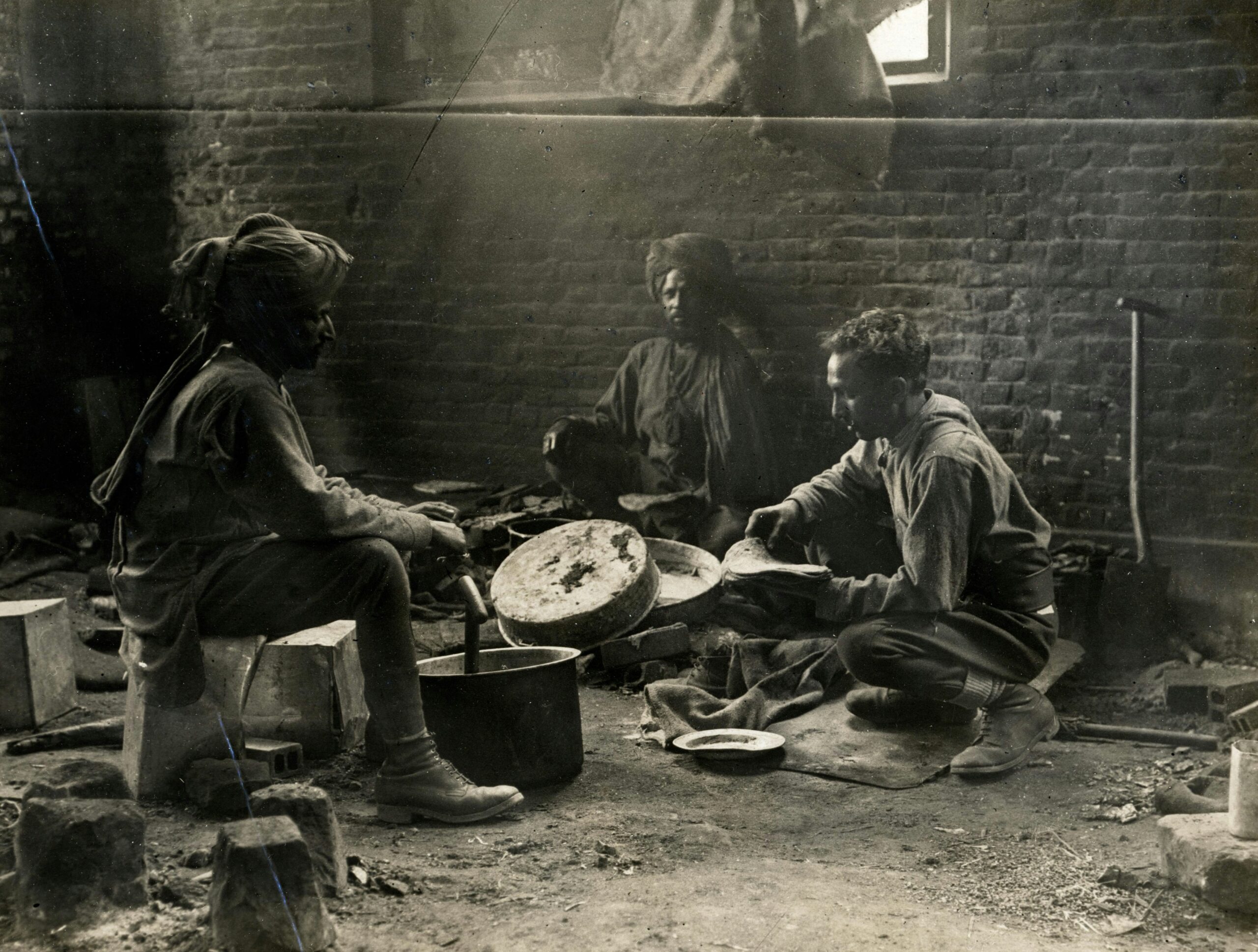Ever stared at your prized collection of vintage guitars or rare comic books and wondered, “What happens if someone breaks in?” If you’re nodding yes, you’re not alone—collectibles are emotional investments as much as financial ones. But here’s the kicker: most standard burglary insurance policies won’t fully cover them unless you’ve taken steps to explicitly extend that coverage. Let’s fix that today.
In this guide, we’ll dive into coverage extensions for collectibles, why they’re essential, and how to ensure your treasures are safeguarded. By the end, you’ll know exactly what to do to protect your collections—and even get some peace of mind while you’re at it.
Table of Contents
- Why Coverage Extensions Matter
- How to Extend Your Coverage
- Tips for Maximizing Protection
- Real-Life Stories: When It Really Paid Off
- Frequently Asked Questions
Key Takeaways
- Standard burglary insurance often falls short when it comes to covering collectibles.
- Coverage extensions can fill those gaps and offer tailored protection.
- Documentation and valuation are critical steps in ensuring proper coverage.
- Not all insurers handle collectibles the same way—shop around!
Why Coverage Extensions Matter

Let me confess something embarrassing: A few years ago, my house was broken into, and I lost an autographed guitar worth nearly $2,500. My home insurance? Barely covered a fraction of its value because it didn’t account for the item’s unique worth. Lesson learned—the hard way.
Here’s why extending your coverage is non-negotiable:
- Rare Items Aren’t Covered by Defaults: Burglary insurance usually has sub-limits on high-value items like art, jewelry, or sports memorabilia.
- Emotional Value Can’t Be Replaced: Sure, you might get reimbursed for a stamp collection’s monetary value, but can money replace decades of memories tied to it?
- Depreciation Sucks: Many policies only pay out based on depreciated values unless you’ve opted for replacement cost coverage.
How to Extend Your Coverage

Optimist You: “This sounds easy enough!”
Grumpy You: “Ugh, fine—but grab coffee first because there are forms involved.”
- Inventory Everything: Take photos, jot down serial numbers, and document purchase receipts. Sounds tedious? Yeah, it kinda is, but imagine trying to file a claim without proof.
- Get Professional Appraisals: For anything over a few hundred bucks, bring in an expert. The last thing you want is the insurer undervaluing Aunt Marge’s antique brooch.
- Add a Rider or Endorsement: These are specific additions to your existing policy that cover individual items. They typically come with higher premiums but provide precise protection.
- Review Policy Limits: Ensure the new coverage matches the actual value of your collectibles. Don’t skimp here—it could cost you big later.
- Keep Records Updated: Redo appraisals every few years since collectible values fluctuate more than Bitcoin sometimes.
Tips for Maximizing Protection
If you’re thinking about slapping a “Beware of Dog” sign on your door and calling it a day… don’t. Here are smarter strategies:
- Store Valuables Securely: Use safes, lockboxes, or climate-controlled storage for delicate items like stamps or coins.
- Notify Your Insurer About Changes: Buying a mint-condition Pokémon card? Tell your agent ASAP.
- Diversify Insurance Providers: Sometimes one company won’t cut it; consider splitting specialized policies across providers.
- TERRIBLE TIP ALERT: Thinking DIY self-insurance via savings? Unless you’re sitting on Scrooge McDuck levels of cash, bad idea.
Real-Life Stories: When It Really Paid Off

Meet Sarah, a vintage vinyl enthusiast whose entire record collection vanished during a break-in. Because she’d added a rider to her home insurance, her insurer replaced every single album—even snagging two that were rarer (and pricier) than the originals.
Contrast her story with Mark, who stored his baseball cards in a shoebox under his bed. No documentation, no extra coverage—he ended up eating ramen noodles for six months just to recoup half their value.
Frequently Asked Questions
Do All Collectibles Need Separate Coverage?
Nope, but high-value ones absolutely do. Anything exceeding your policy’s per-item limit needs special attention.
How Much Does Adding a Rider Cost?
Premiums vary wildly depending on the item’s value and risk factors. Expect anywhere from $50 to hundreds annually per endorsement.
Can I Add Coverages Mid-Policy?
Yes! Most insurers allow mid-term adjustments, though timing may affect pricing.
Conclusion
You’ve made it through the wild world of coverage extensions for collectibles. Now go forth and safeguard those treasures like the guardian angel of precious things you are. Remember, your collection isn’t just stuff—it’s history, nostalgia, and joy wrapped in one glittery package.
Like trading cards back in the ’90s, smart planning now means major wins later. Go forth and insure wisely!
And hey, here’s a little haiku to leave you inspired:
Rare treasures gleam bright, Guard them well against the night— Peace of mind takes flight.


